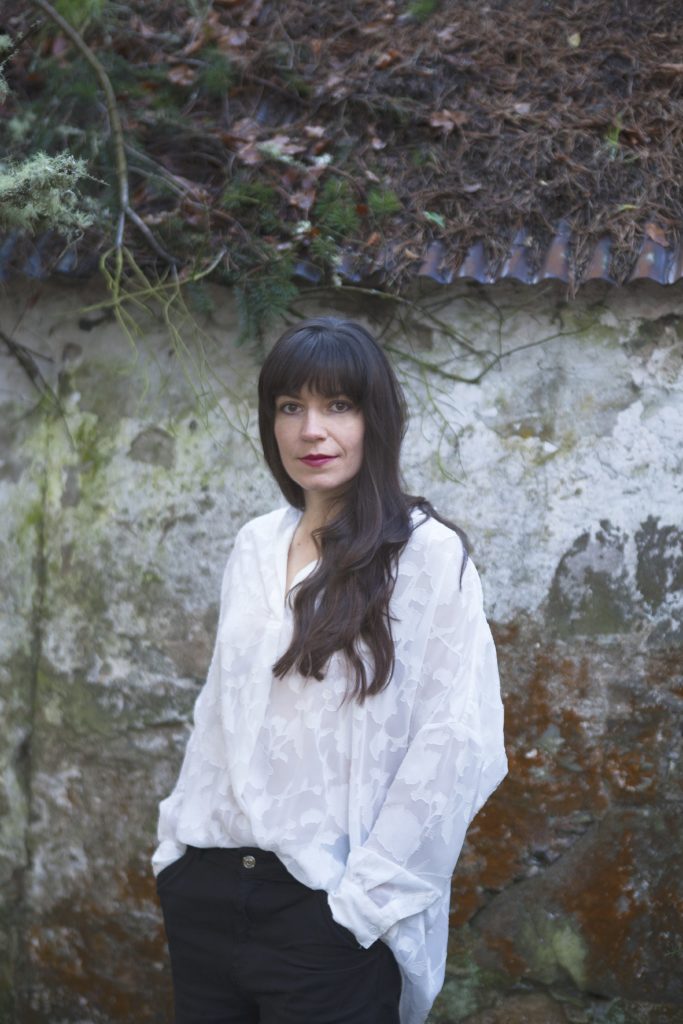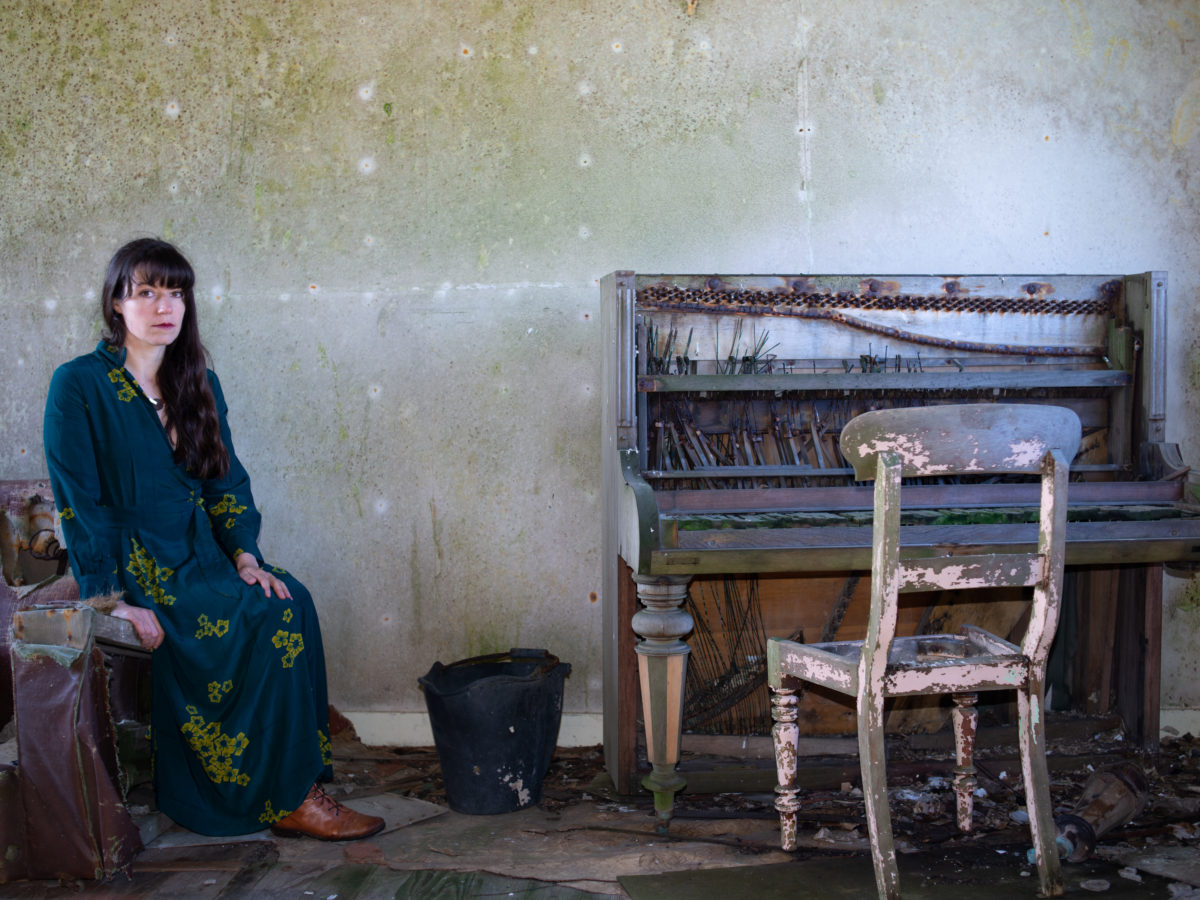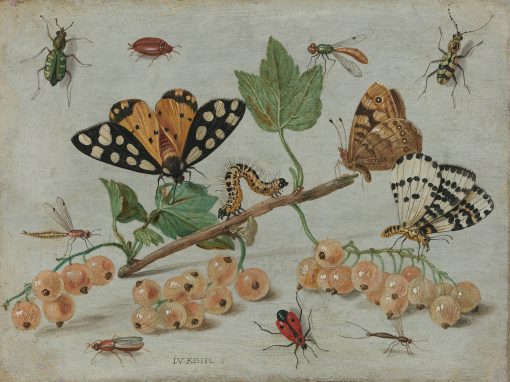JS First of all I would like to thank you for sparing the time for this interview. I am a huge fan of ‘Islands of Abandonment’. It feels like an important addition to contemporary writing about place, nature and environmental threat. I guess the first question I would like to ask, and to help situate the interview, is what first drew you to ‘islands of abandonment’? What was it, and is it, about these places from which, for many reasons, humans have largely withdrawn, that you find compelling?
CF I’ve increasingly been writing about nature and the environment. Though much nature writing is concerned with the pastoral, I find myself drawn to those that are human impacted in one way or another.
One can learn to read these landscapes: the plants and animals that live there, their ages and distributions, often give insight into the history of the area. Past forests now felled, for example, linger in the landscape as a shadow made up of woodland species like bluebells and wood anemones, which live on for some time after the trees are long gone. I find this interesting—learning to recognise the past as an underlay to the present.
I’m also very interested in the idea of the wild, and especially of wilderness.
These abandoned places become, to my eyes, first feral, but then—after a certain period of uncontrolled regrowth and regeneration— wild again. Certainly they are more wild than many sites celebrated for their natural beauty, which become meccas for travellers and photographers and daytrippers, and carefully ‘conserved’ and ‘managed’.
I began to think of these abandoned places as being some of the wildest places around, especially in crowded Europe. Part of what allows them to be wild is our sense that they are worthless, ugly, or simply too out of the way to bother with.
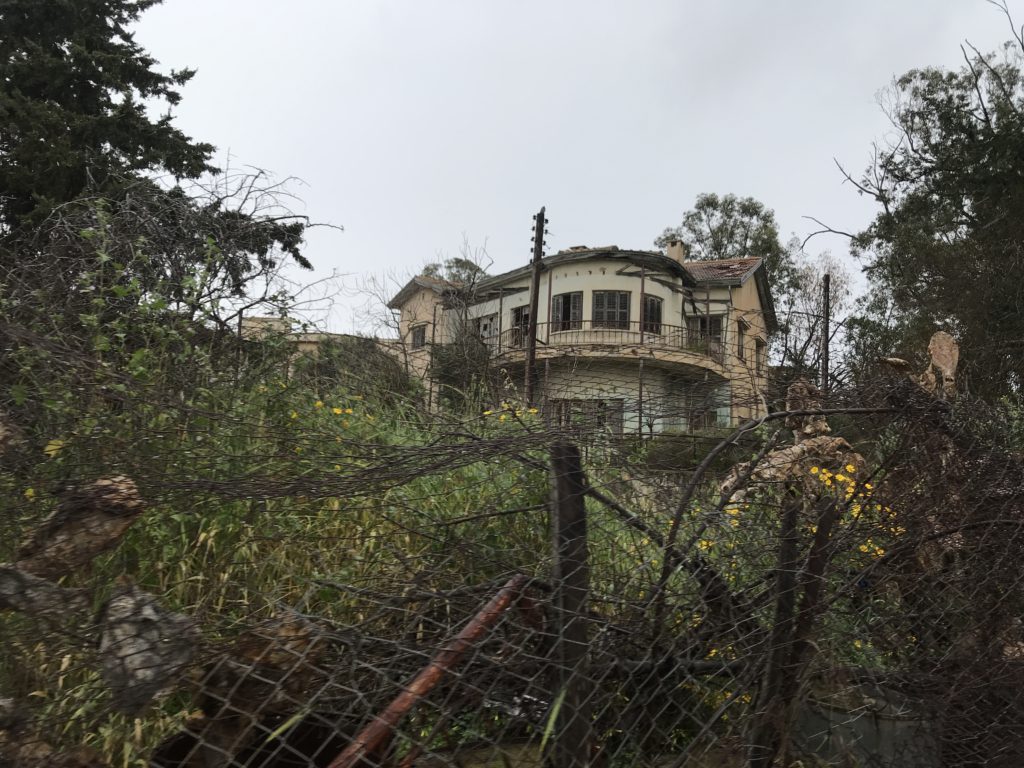
JS To plunge a little into the depths, the subtitle of your book is ‘Life in the Post-Human Landscape.’ In one sense that can straightforwardly refer to the withdrawal of (most of the) human beings from the places you describe. But in another it hints at a large and vital debate in environmental ethics between, crudely, humanist and anti-humanist stances. The former tend largely to see human beings as the primary – although by no means the only – source of moral value. From this perspective, human interests are primary. The focus of environmental change is therefore on adaptation and mitigation – enabling us to live in a more sustainable relationship with the world and its resources, but primarily because it is better for us. But there is another strand to environmental ethics that sees human beings as the problem. We are the rapacious species, we are the desecraters, and the sooner the planet sends us packing, the better. Here moral value lies far more in the processes of the biosphere than in human beings. I appreciate that’s rather crude, but I think in some ways your book does invite these kinds of questions. Is this something you think about?
CF Yes, it is. I think I’m sort of leery of the misanthropic/disanthropic approach, because I think it’s a lazy way of thinking—a sort of heuristic. Man = bad; nature = good. Like all heuristics, it has a certain basis in truth (i.e. in places where humans have been excluded, there has often been a rebounding of what we perceive to be ‘the natural world’—i.e. species that we rarely come into contact with in normal life, like wolves and bears). However, it does gloss over a lot of inconvenient detail. For example: lots of species actually have adapted very well to the presence of humans and even benefit from it. But though we tend to feel distaste towards the creatures that live alongside the manmade environment (rats, for example, or pigeons), these familiars are still part of the natural world, and would suffer if we all disappeared tomorrow.
If I’m honest, I can see the attraction of the anti-humanist stance. It’s seductive. But I can’t follow it through to any useful conclusion. What should we do? Wipe ourselves out? This seems a painful and unnatural course of action; no species, surely, could be expected to act so utterly against its own self interest. And it would cause an enormity of human suffering.
From an evolutionary standpoint, the humanist approach makes more sense: rationally, we want to maintain a world where humans (and other species) might survive and thrive.
If that offers us motivation for us to live on the Earth more lightly, then all the better.
Whether we can manage that is another question. Certainly many species live in constant boom and bust cycles, exploding in population and then dying off from disease or lack of resources.
JS One of the – many – things I like about Islands of Abandonment is the powerful sense of the regenerative potential of the natural world – that in some ways all we need to do is to step back and nature will do its thing. In some of the sickest, most traumatised landscapes in the world, life switches back on. Although I find this compelling – and you make clear the long shadow of human spoliation – there is, potentially, a risk of moral hazard here. If nature can always come back, perhaps we need to worry a little less about our assault on the environment?
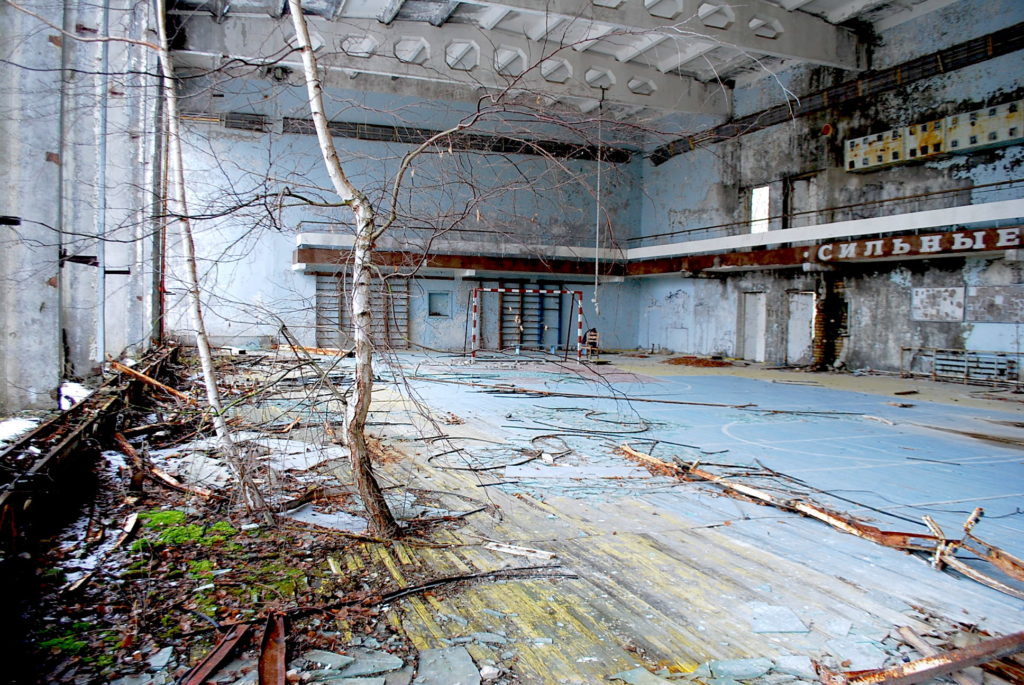
Chernobyl nuclear disaster in 1986.
CF Yes, I did worry a little that the book might be interpreted this way. I think my point is more that: all is not lost. These landscapes can recover, even if they never look quite the same—they can become valuable in a new way.
However, it takes time for this to happen; decades, or even centuries, depending on the climate.
And we live in a finite world, so we cannot keep ripping through what land we have left.
Same with forest regrowth: there is tremendous potential for carbon sequestration. But there is a limited amount of potential forest cover in the world, and it can only grow so quickly. Burning oil and coal is fast, and releases far more than can be replaced. In other words: the recovery takes longer than the ravaging.
I suppose a point I want to make, is that it is not hopeless.
Often environmental writing fills me with gloom and a sense of nihilism. Some people are fired up by that. I, personally, am not.
JS The melancholy of ruins haunts the book. Although there is a risk, as you say, of ‘ruin porn’, in another way, aesthetic shifts can betray deeper underlying changes in social value. In one sense you describe your purpose as a kind of re-evaluation – of learning to see beauty in ruinous or traumatised landscapes. And part of this re-evaluation is linked to the ecological richness of these abandoned sites. I wonder if you could talk a bit about this re-evaluation, and this link between the ecological and the aesthetic, as it seems to be part of a fascinating contemporary turn in our response to our environments.
CF I can talk to my own change in attitude.
I learned that many of the sites I mentally dismissed as valueless (particularly ‘brownfield’ sites) were in fact hubs of biodiversity—especially valuable for invertebrate and reptile species, which enjoy the ‘open mosaic’ of habitats found in derelict areas, where open paving, scrub and shallow pools of water might be found close together. The charity Buglife has been doing some interesting campaigning in this area, saving a former oil terminal and an old quarry from redevelopment after identifying extremely rare species living there.
Another thing that made me question the way I looked at the world was a new movement in ecology that studies ‘novel ecosystems’—that is, ecosystems that are populated with non-native species. Often we have very strong negative reactions to non-native species, fearing ‘invasion’, and conservation bodies put a lot of effort into digging them up, trapping them, culling or otherwise ‘managing’ them. Studies of abandoned sites, where the non-native species have been left undisturbed to spread for much longer than they might have been otherwise (for example: in the former plantations of Puerto Rico), have shown that these non-native species can sometimes prove helpful to native species returning. This is still a contested area of science, but it did make me question a lot of assumptions I make about the species around me, especially invasive species. Often they only thrive in disturbed ground, and become less numerous over time as an ecosystem re-establishes itself.
Generally, I’ve been forced to reconsider many of the moral judgements I unthinkingly pass upon the world around me.
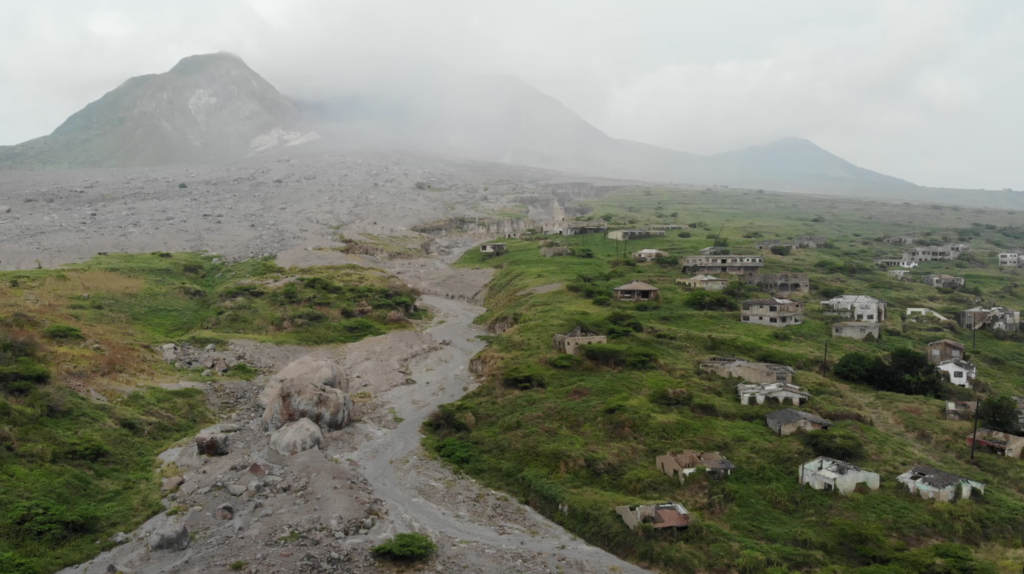
JS To take this question a bit further, as you acknowledge, in one sense ‘Islands of Abandonment’ is a kind of nature writing, part of the extraordinary ‘flowering’ of writing about nature and place that we’ve seen over recent decades. Part of this has to do with a straightforward reminder of the beauty and restorative power of nature – a kind of pastoral. But you pull away from that. Nature in your book is so tangled with the industrial it is almost as if it draws some of its new value from that (post) industrial backdrop. Does this make sense to you?
CF Yes. I think much of the value in the scenes I describe comes from the way these rebounding natural scenes stand in contrast to the damage wrought upon the landscape by humans. It is not a pastoral, in as much as they are not celebrations of idealised scenes—although I am, I think, an unashamed romantic, in some sense—but instead a celebration of wildness, within and without.
JS In the chapter ‘No Man’s Land’, you describe how the US Corps of Discovery moved across disputed territory left as buffer zones between warring indigenous American peoples. As they move out of the fertile buffer zones, they encounter denuded country, with indigenous people all but starving as a result of over-exploitation of the land. In some environmental thought and writing, particularly in the US, indigenous people are powerful figures. They are seen as great custodians of the land, with which they live – or lived – in a kind of highly spiritualised harmony. Are you suggesting that things might be more complex than this? Is there a danger of romanticising the environmental credentials of native or indigenous people?
CF I think we should avoid invoking ‘noble savage’ imagery when it comes to indigenous groups generally. The Native Americans of the 19th century were complex individuals, with personalities and attitudes. It’s not helpful to paint them (or their forebears, or their descendants) as magical, one-dimensional beings living ‘in harmony’ with the Earth. It makes sense that where there are predators (in this case, humans), prey numbers (deer, bison…) would be reduced.
It is inarguable, however, that Native Americans had far less negative impact on, say, bison numbers, than the European settlers ultimately did.
Plus it’s certainly the case that many Native American cultures had or have laudable philosophies/spiritual laws at their heart, especially when it comes to taking only what is required, or offering thanks to the land for providing. Much can be learned from that, and that, I think, is where the powerful spiritual symbolism that you refer to derives from.
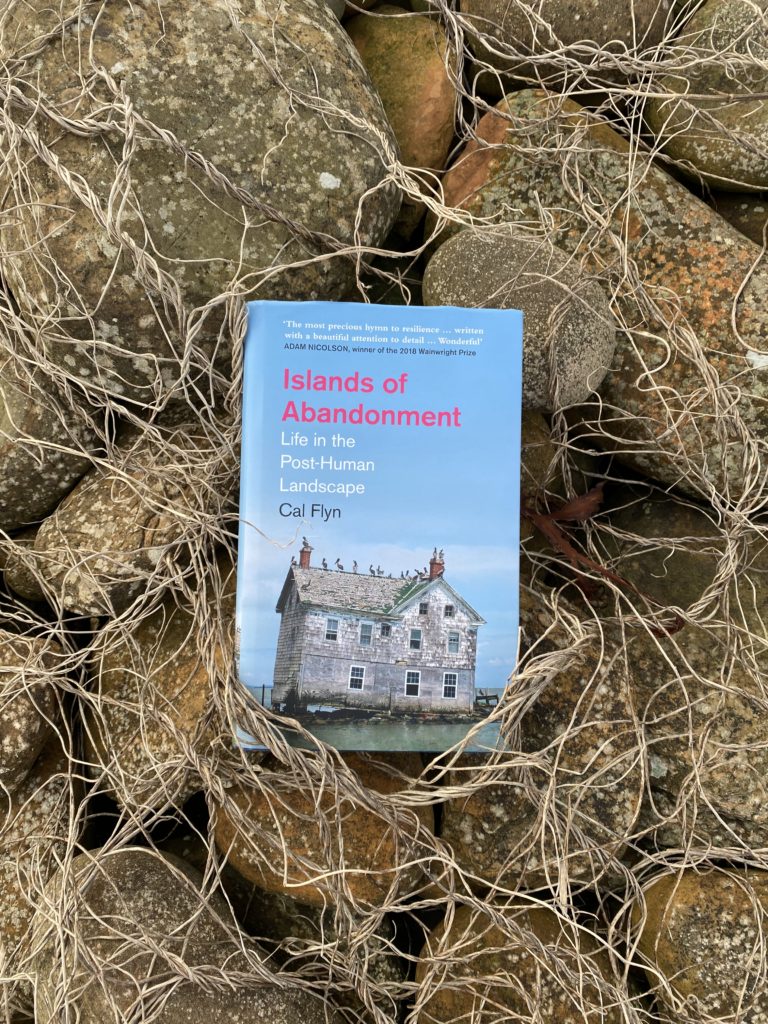
JS A final and slightly personal – to me – question if I may. For reasons I cannot put my finger on, the films of Andrei Tarkovsky have influenced my sense of landscape – of what is beautiful or interesting, have provoked me to evasive thoughts about spirits or genii of place. You mentioned on twitter that Tarkovsky is at work in Islands of Abandonment. Could you tell us a little more about his influence on you?
CF I think of him as a literary influence, if that makes sense. I suppose I drew on the same sense of ominousness, that he conjured so beautifully in Stalker. I write nonfiction, and it is important to me to write literary nonfiction; mood and register is key, and I suppose Tarkovsky was very important to me in developing that eerie atmosphere, as was the writing of Jeff VanderMeer. Because of the book’s near-dystopian, even post-apocalyptic, themes it contains a lot of science fiction references (as well as, of course, biblical references).
